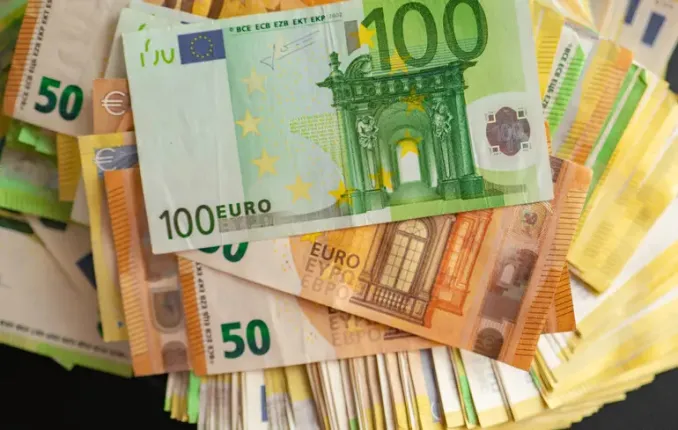Euro Exchange Rate: The Upward Trend Expected to Continue Longer Than Anticipated

The euro continues its upward trajectory in Ukraine, with experts forecasting that this growth phase might last even longer than previously expected. The primary driver behind the euro's appreciation is its ongoing strength against the US dollar on global markets, where the currency demonstrates consistent and gradual increases. This trend is influenced by a range of international factors, including heightened tariff tensions between the United States and the European Union, and expectations that the European Central Bank will refrain from easing its monetary policy, maintaining current interest rates. Moreover, global economic uncertainties, especially related to the unpredictable policies of Donald Trump, are contributing to the weakening of the dollar, consequently strengthening the euro worldwide. As a result, the euro’s value rises not only in Ukraine but globally, and this pattern is likely to persist until there is a significant change in US economic policy or a reduction in economic unpredictability. On the Ukrainian currency market, demand for the euro remains limited, and the National Bank of Ukraine is currently minimal in its interventions to stabilize exchange rate fluctuations, given the country's ongoing economic challenges. Additionally, the financial difficulties faced by Ukraine’s Ministry of Finance in meeting the federal budget further diminish the likelihood of active measures to weaken the euro or stabilize the hryvnia artificially. Experts assure that a sharp devaluation of the hryvnia isn't anticipated; instead, the currency is expected to closely follow the budgeted exchange rate of 45 hryvnias per dollar, with steady, predictable movements in the near future. As of July 2, the NBU set the euro exchange rate at 49.40 UAH, up by 40 kopecks from the previous day. Meanwhile, the US dollar has depreciated on international markets to multi-year lows, partly influenced by recent votes on Donald Trump's tax laws and tariffs.

